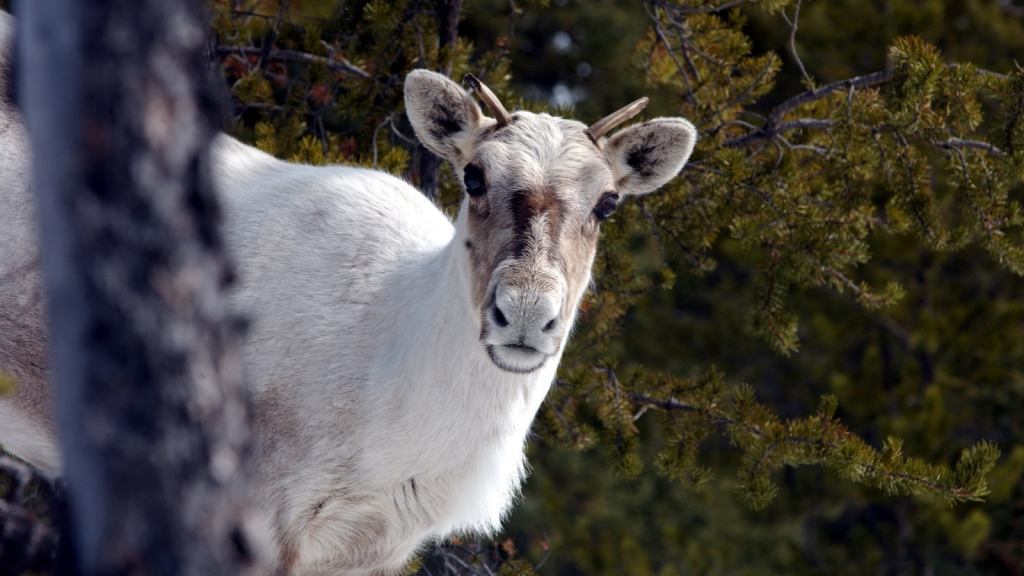The Arctic tundra, a vast and frosty wilderness, is home to some of the most bizarre and fascinating creatures on Earth. This harsh landscape, where temperatures plummet to bone-chilling lows, might seem inhospitable at first glance. But look closer, and you’ll discover a world teeming with life, each species uniquely adapted to survive in this frozen realm. From peculiar plants to extraordinary animals, the Arctic tundra is full of surprises that will leave you amazed. Ready to explore some of the strangest inhabitants of this icy wonderland?
The Woolly Bear Caterpillar
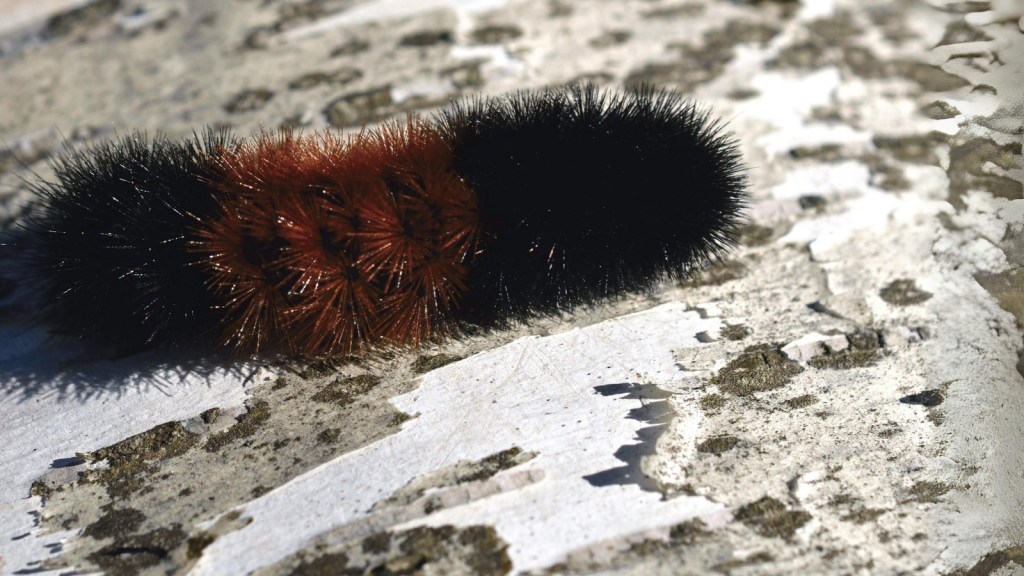
Meet the Arctic’s very own master of hibernation, the woolly bear caterpillar. These fuzzy little fellows can survive being frozen solid for years on end. When the weather warms up, they simply thaw out and carry on as if nothing happened. It’s like nature’s own version of cryogenic freezing! Remarkably, these resilient creatures can live up to 14 years, spending most of their lives as caterpillars before finally transforming into moths.
The Arctic Poppy
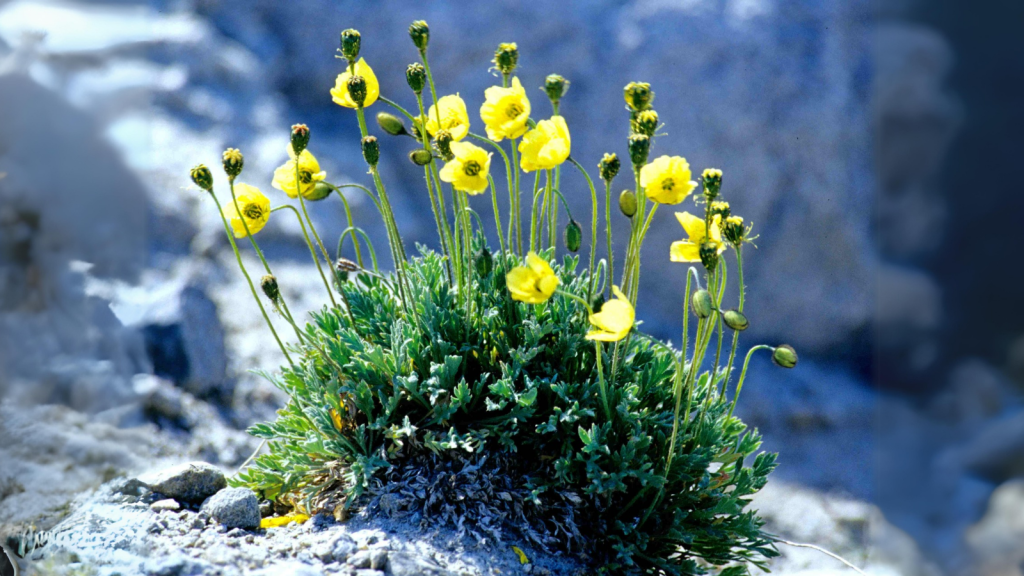
In a land of ice and snow, the Arctic poppy brings a splash of colour. These cheery yellow flowers can generate heat, warming themselves up to 5°C above the air temperature. It’s as if they’re wearing their own little central heating systems. The poppy’s dish-shaped flowers act like solar panels, tracking the sun’s movement to maximise heat absorption.
The Musk Ox
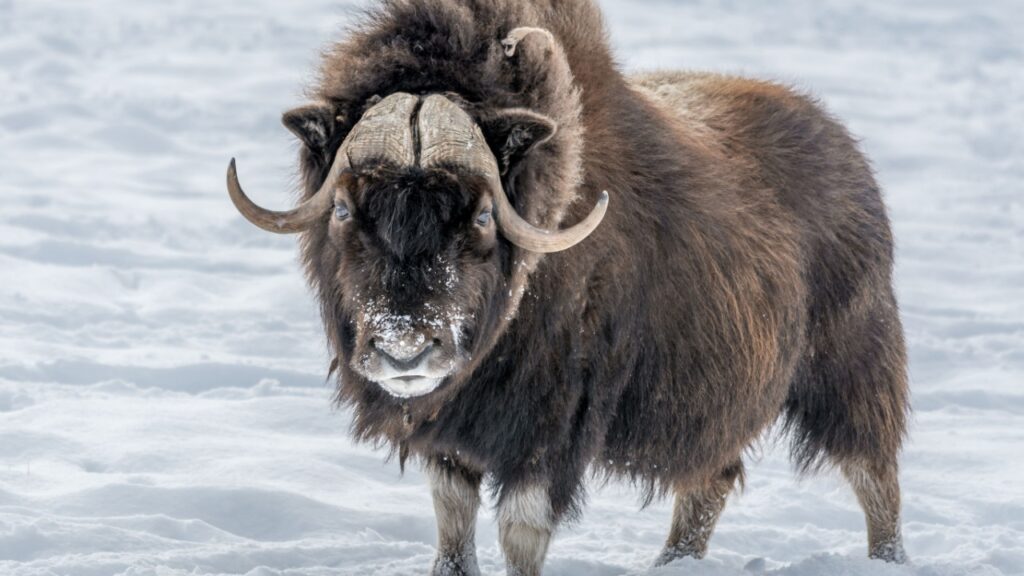
With its shaggy coat and impressive horns, the musk ox looks like something straight out of the Ice Age. These tough beasts have an inner layer of wool called qiviut, which is eight times warmer than sheep’s wool. Talk about a cosy jumper! Musk oxen also form protective circles around their young when threatened, creating an impenetrable wall of horns to fend off predators.
The Arctic Fox
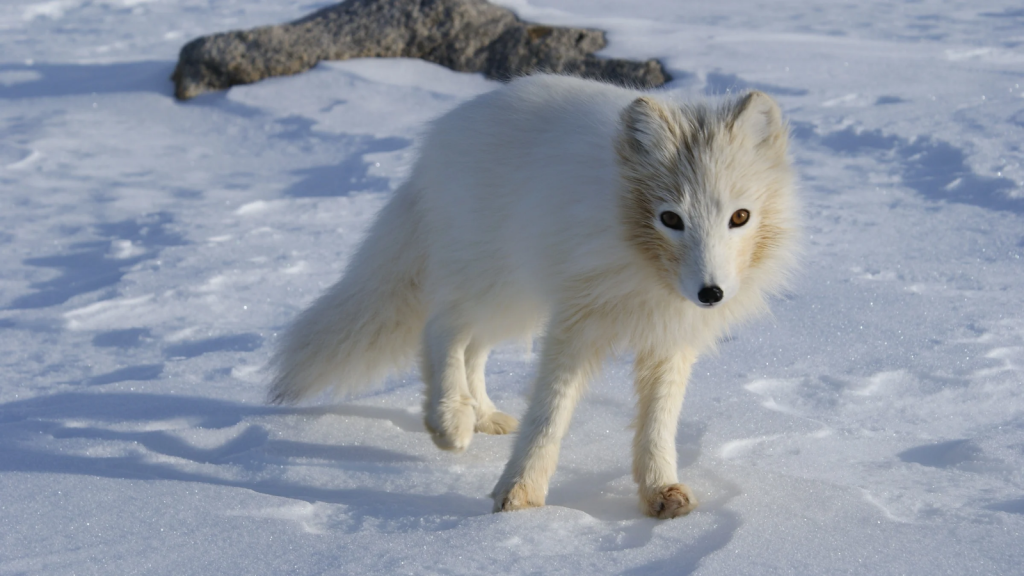
This clever creature changes its coat colour with the seasons. In winter, it’s pure white to blend in with the snow. Come summer, it turns brown to match the rocky tundra. It’s nature’s way of playing dress-up all year round. Arctic foxes have incredibly keen hearing, able to pinpoint the exact location of prey moving under the snow.
The Snowy Owl
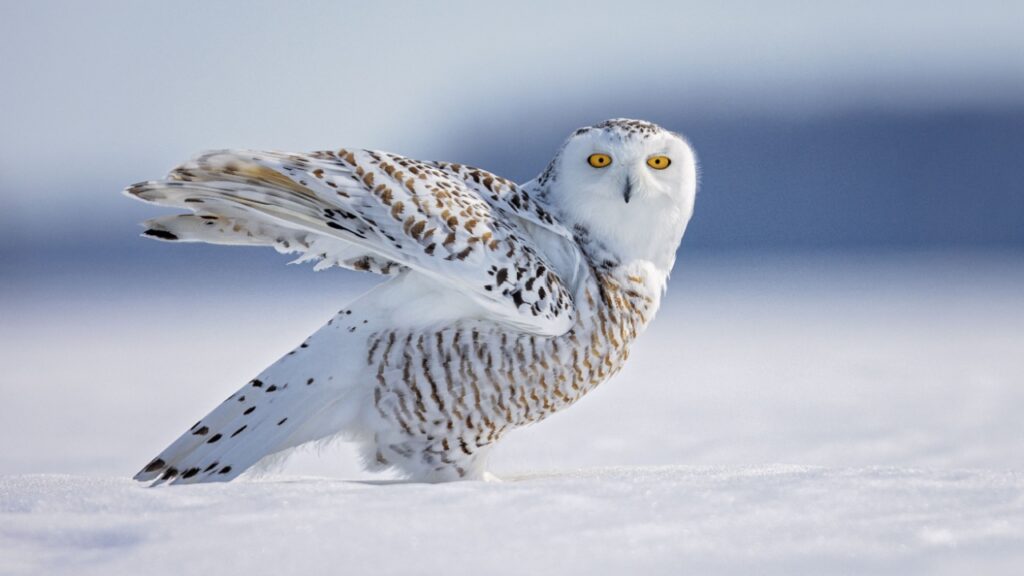
Unlike most owls, the snowy owl is active during the day. These stunning white birds have excellent hearing, able to detect prey moving under thick snow. It’s like they have built-in snow x-ray vision! Snowy owls can also rotate their heads up to 270 degrees, giving them an almost complete view of their surroundings without moving their bodies.
The Lemming
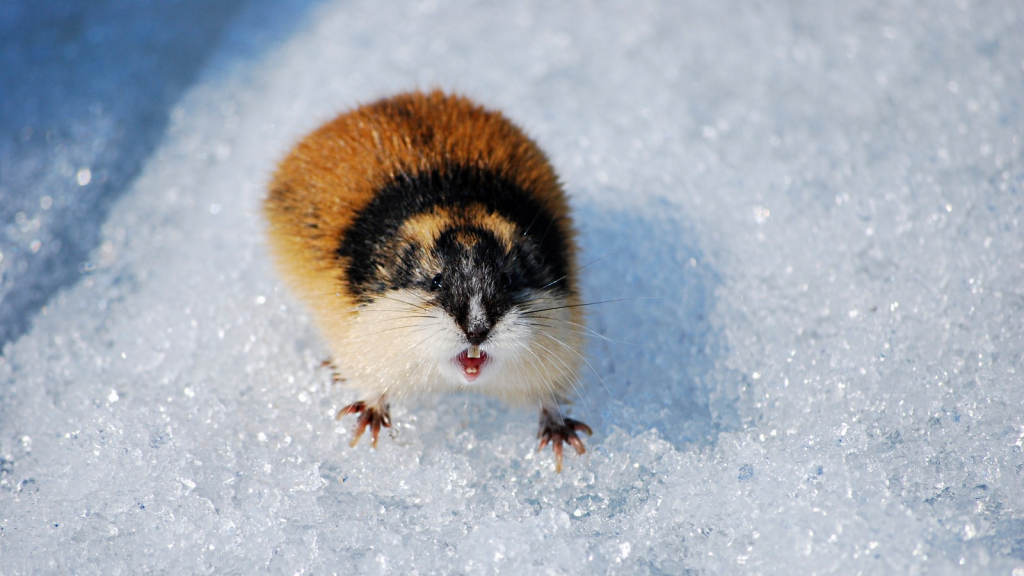
These small rodents are famous for their population booms and busts. In good years, their numbers can explode, turning the tundra into a lemming playground. They’re also champion swimmers, paddling across icy rivers with ease. Contrary to popular myth, lemmings don’t commit mass suicide; their population drops are due to natural factors like predation and food scarcity.
The Arctic Willow
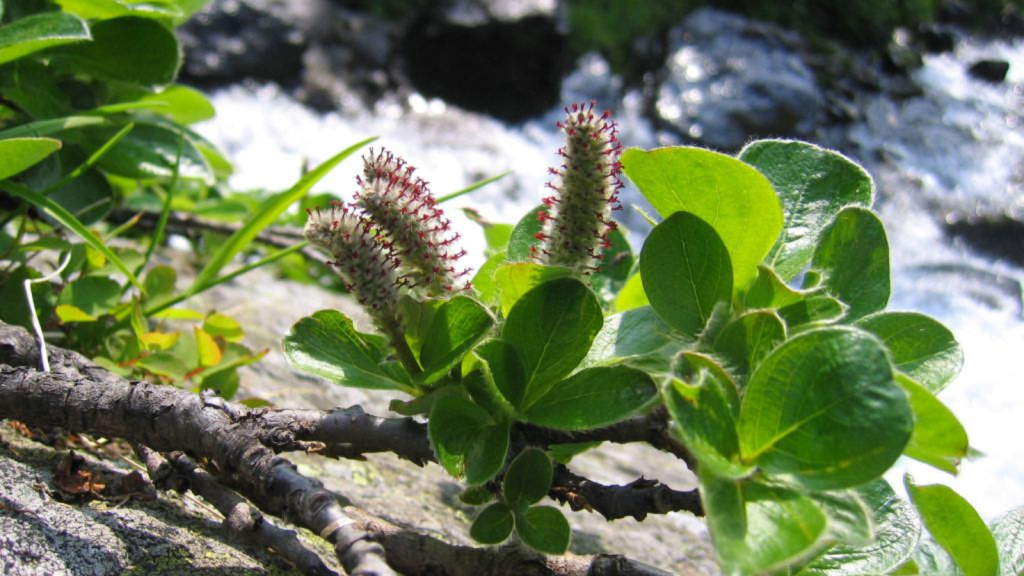
Don’t be fooled by its tiny size – this is a proper tree! The Arctic willow grows to just a few centimetres tall, hugging the ground to avoid the harsh winds. It’s the world’s smallest tree, proving that good things come in small packages. Despite its diminutive stature, some Arctic willow plants can live for over a century, slowly spreading across the tundra.
The Narwhal
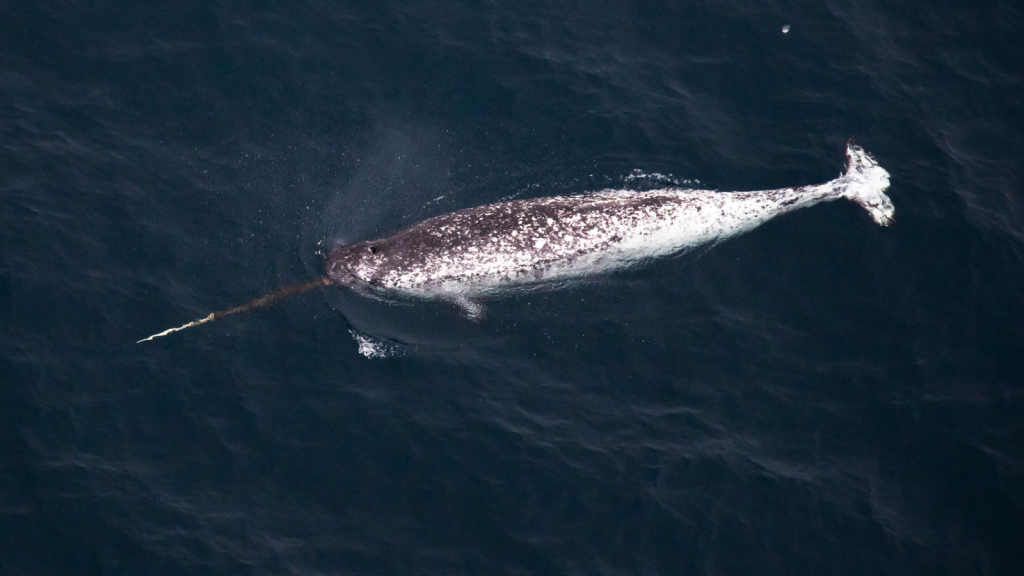
Often called the unicorn of the sea, the narwhal’s distinctive spiral tusk is actually an overgrown tooth. These elusive whales use their tusks to hunt, communicate, and possibly even to sense changes in water temperature. Narwhals can dive to depths of up to 1,500 metres, staying underwater for up to 25 minutes at a time.
The Arctic Hare
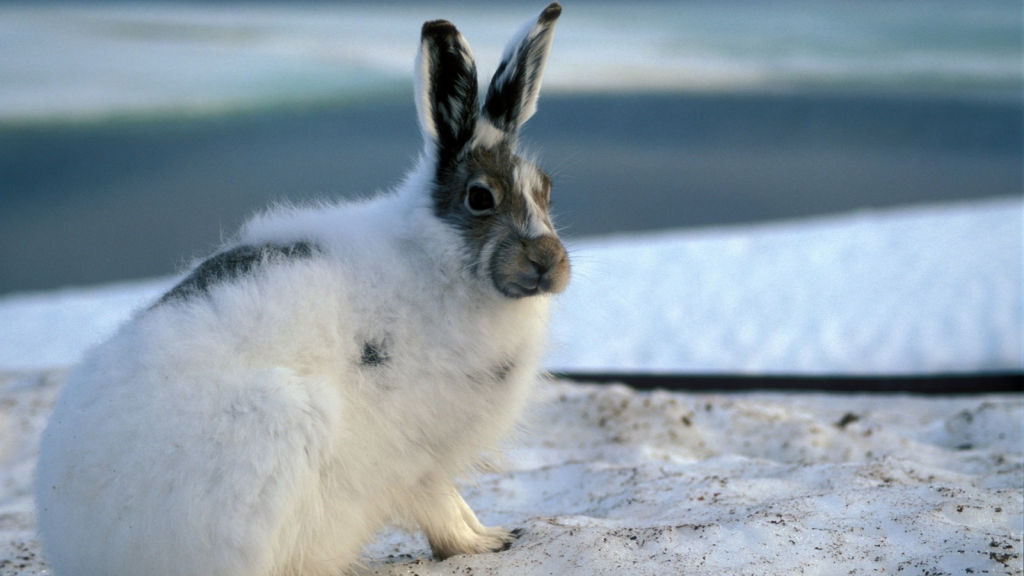
With its enormous hind legs, the Arctic hare can hop like a kangaroo. These speedy bunnies can reach speeds of up to 40-45 kilometres per hour. That’s one rabbit that’s definitely late for a very important date! Arctic hares have been known to dig tunnels in the snow for shelter, creating cosy burrows to escape the harsh Arctic winds.
The Polar Bear
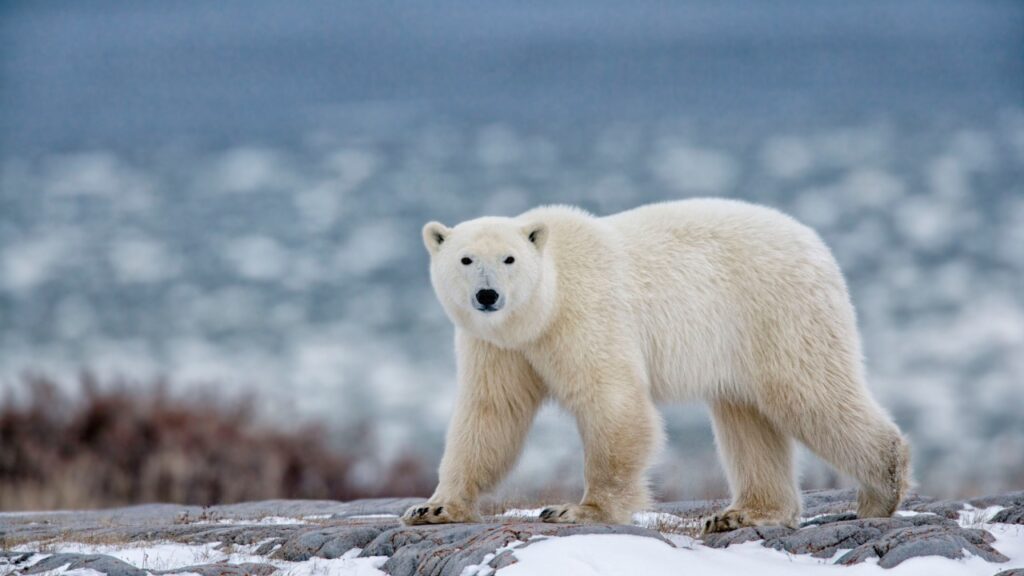
The Arctic’s top predator, the polar bear, has some nifty tricks up its sleeve. Its fur isn’t actually white – it’s transparent and hollow, reflecting light to appear white. This clever coat also traps heat to keep the bear toasty warm. Polar bears are excellent swimmers, with one recorded instance of a bear swimming continuously for over 9 days, covering 687 kilometres!
The Arctic Tern
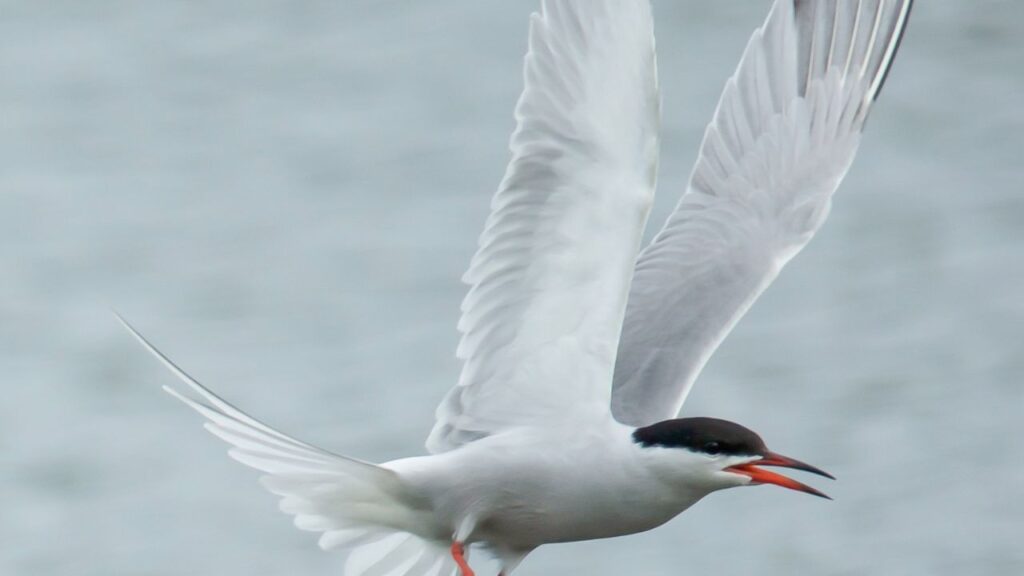
This little bird holds the record for the longest migration of any animal. It flies from the Arctic to the Antarctic and back again every year, covering about 70,000 kilometres. That’s like flying around the Earth nearly twice! Arctic terns can live up to 30 years, potentially covering more than 2.4 million kilometres in their lifetime – that’s like travelling to the Moon and back three times!
The Caribou
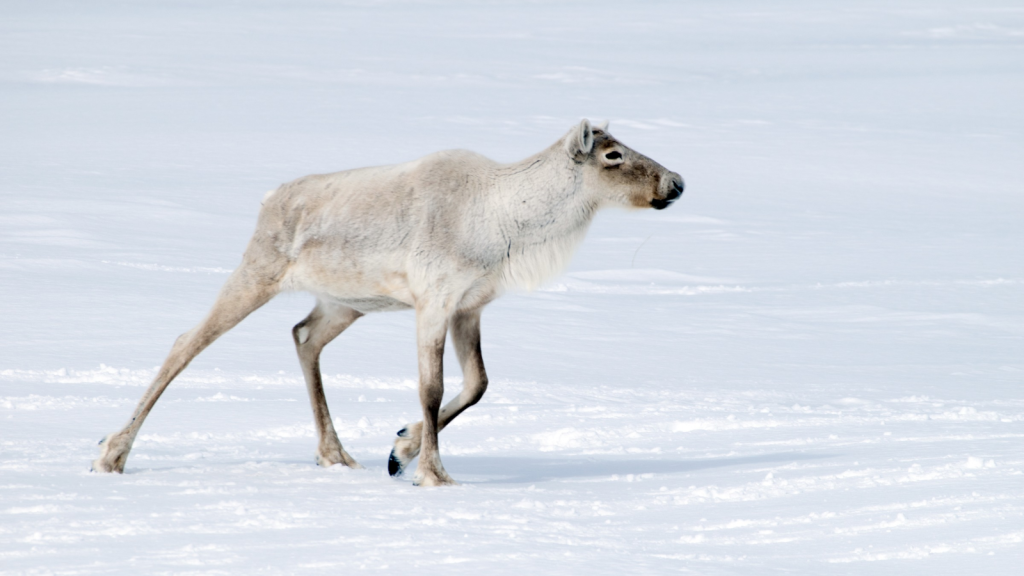
Also known as reindeer, caribou have some impressive adaptations. Their large, flat hooves act like snowshoes in winter and paddles for swimming in summer. Talk about multi-purpose footwear! Caribou are the only deer species where both males and females grow antlers, which they shed and regrow annually.
The Water Bear
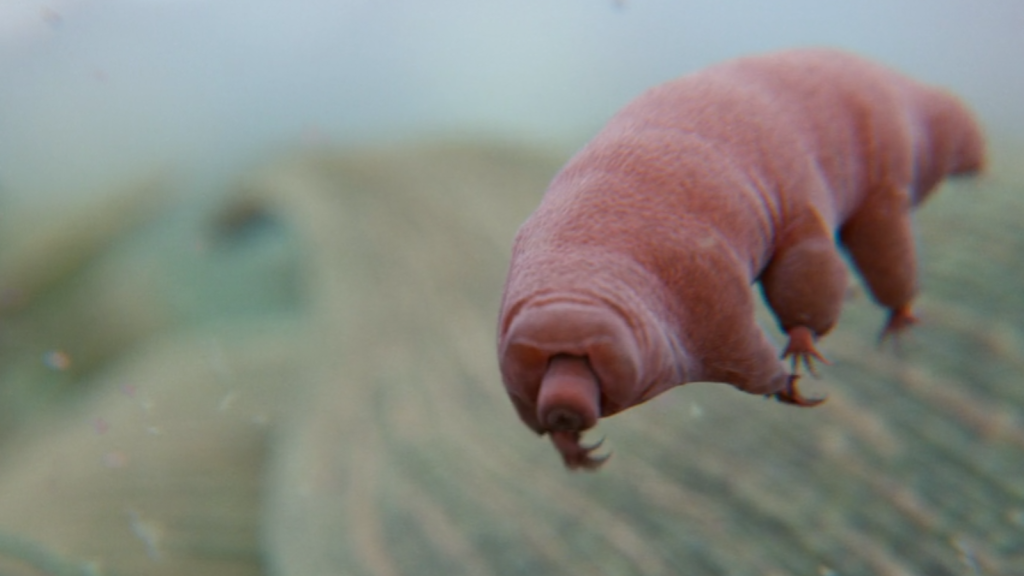
Last but not least, meet the toughest creature in the Arctic – the microscopic water bear. These tiny animals can survive being completely dried out, frozen, boiled, and even exposed to the vacuum of space. They’re practically indestructible! Water bears, also known as tardigrades, can enter a state of cryptobiosis, essentially shutting down their metabolism until conditions improve.
Becky is a fervent wildlife enthusiast and pet care expert with a diploma in canine nutrition. Her love for animals stretches beyond the domestic, embracing the wild tapestry of global fauna. With over a decade of experience in animal welfare, Becky lends her expertise to OutlandishOwl through insightful articles, captivating wildlife information, and invaluable guidance on pet nutrition. Her work embodies a deep commitment to understanding the intricate lives of animals and a passion for educating others on sustaining natural habitats. Becky's hands-on conservation efforts and her knack for translating complex dietary science into practical pet feeding tips make her an indispensable voice for creatures great and small.

